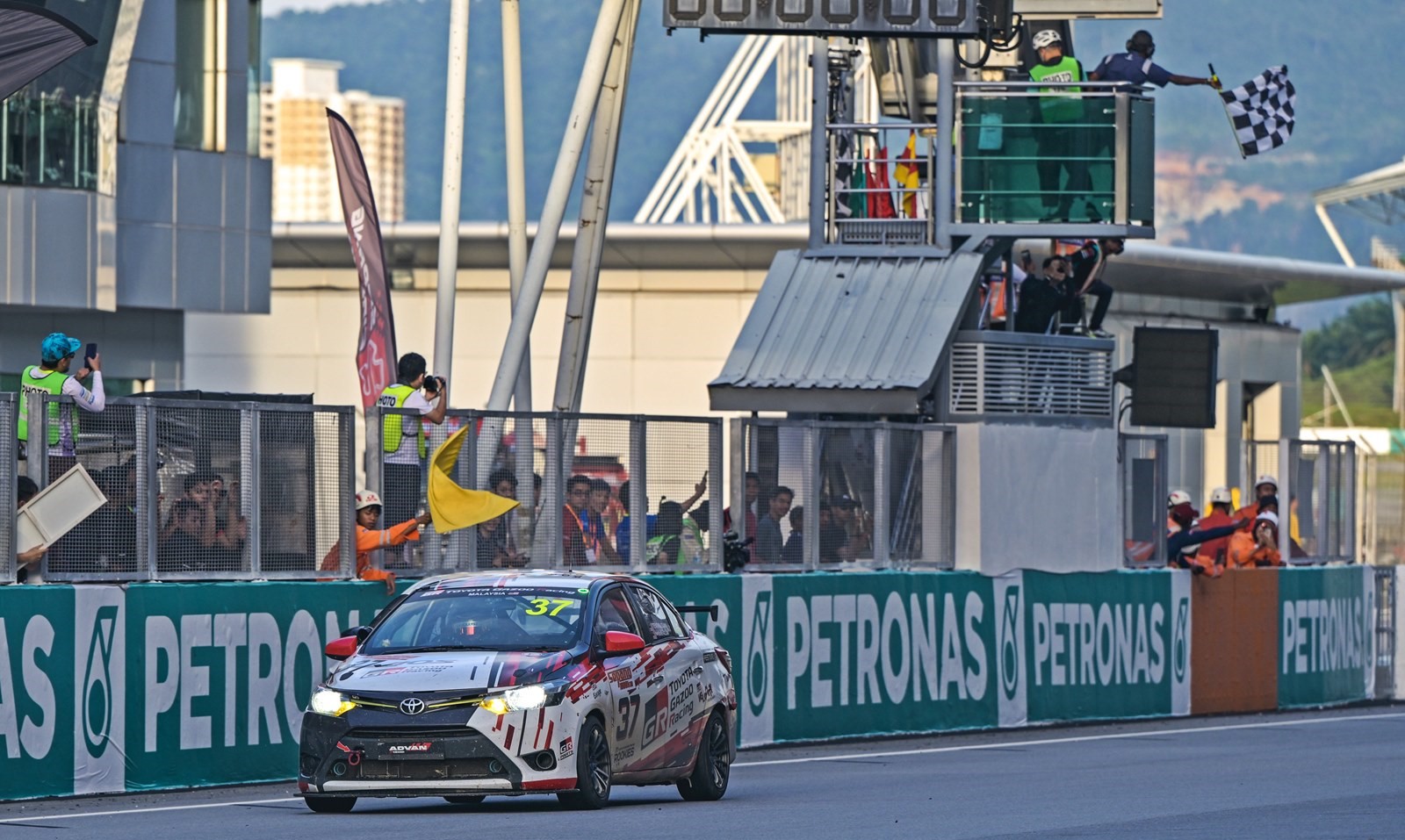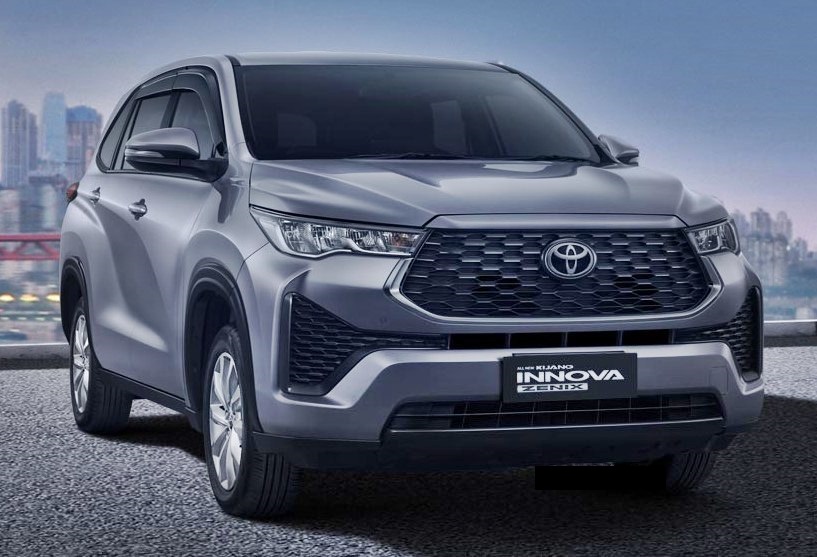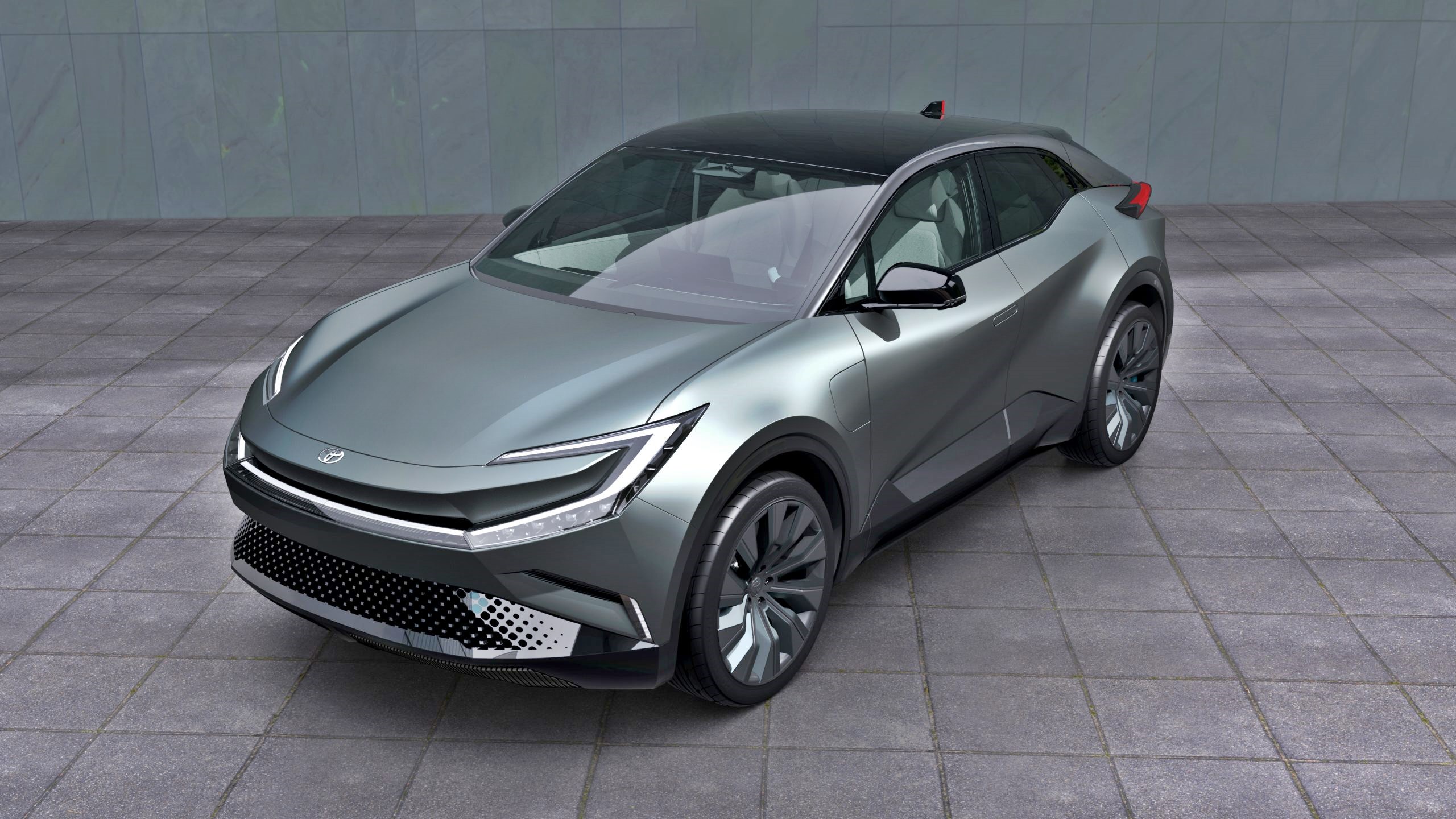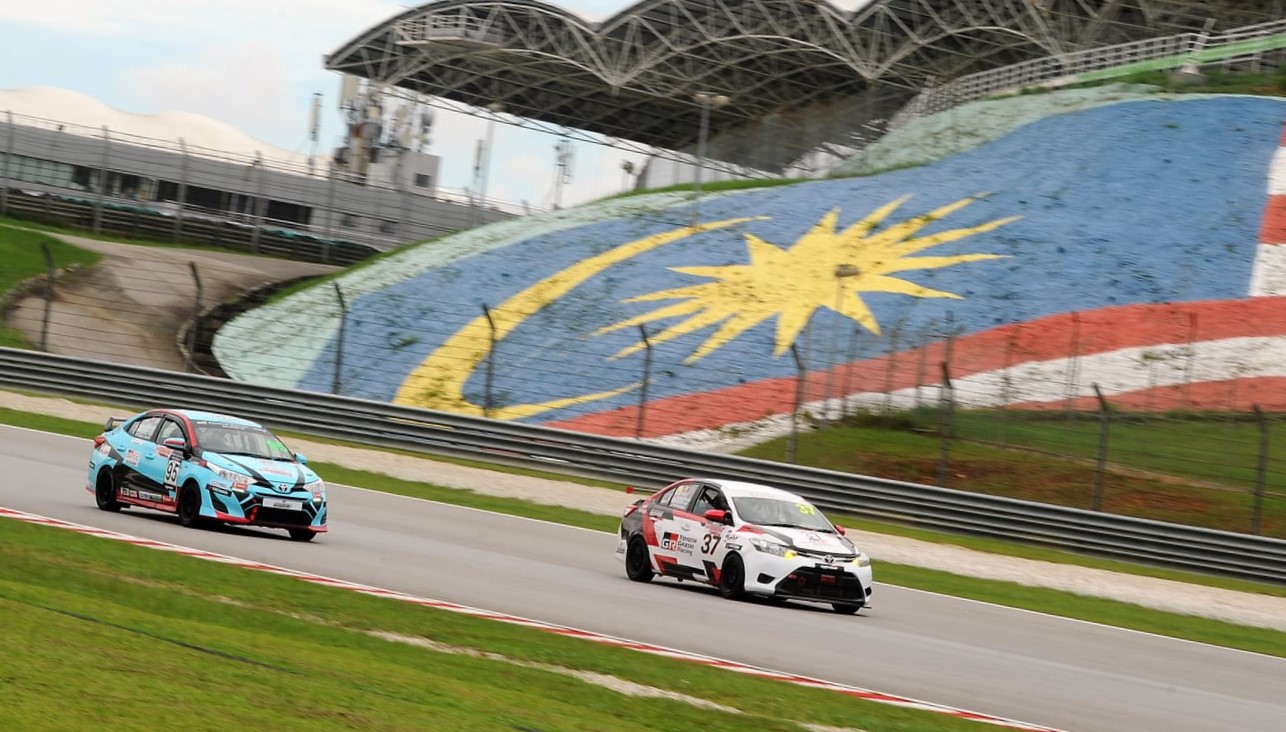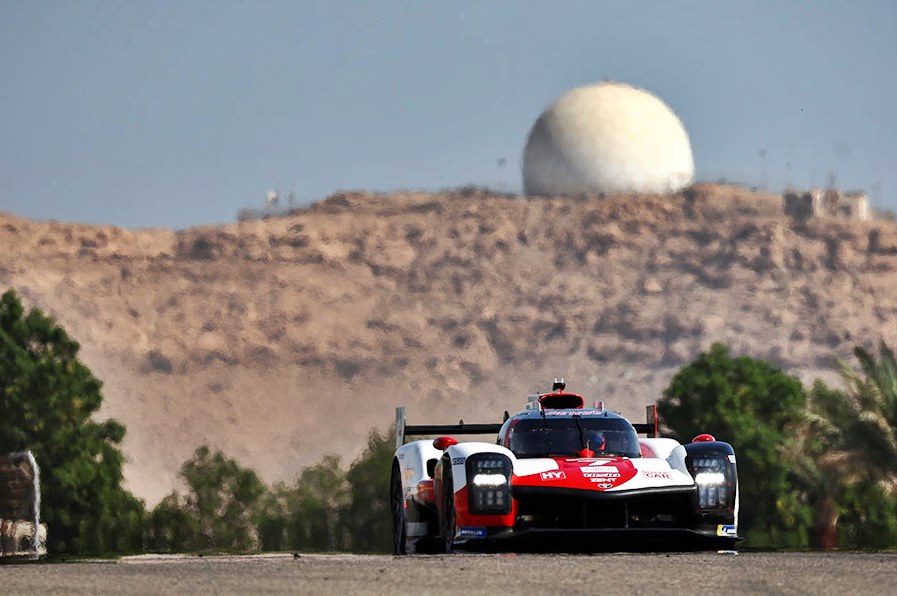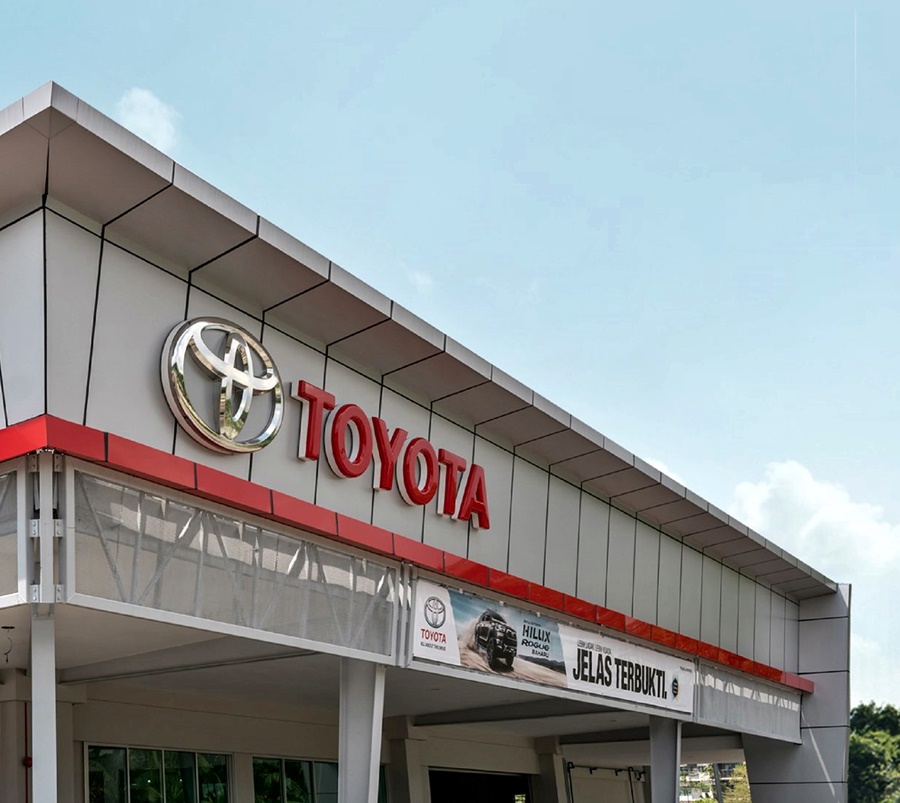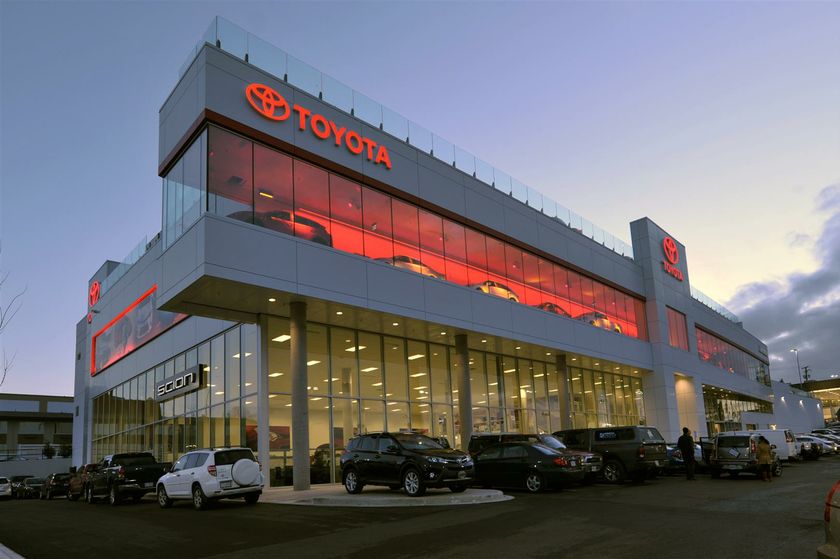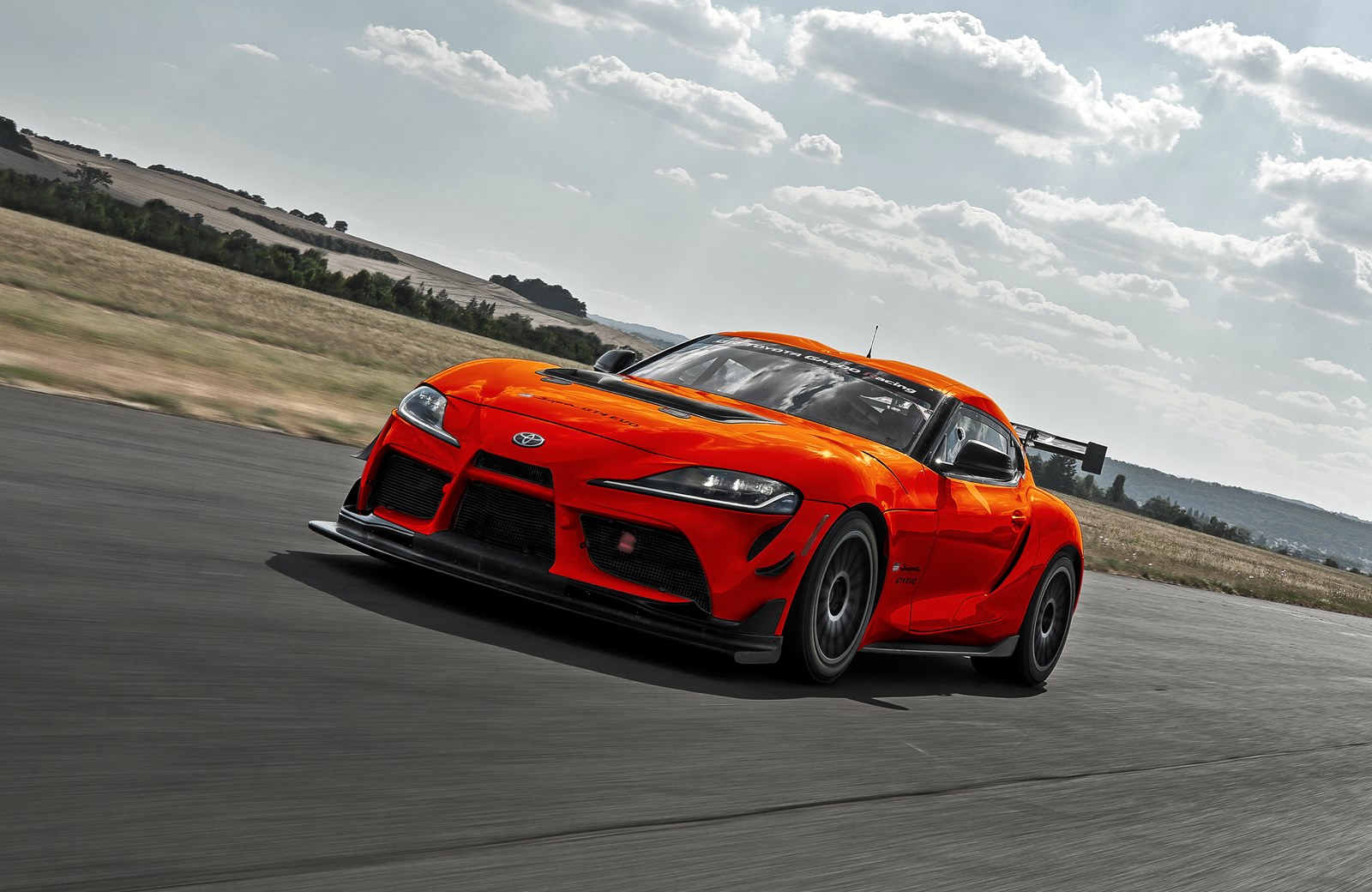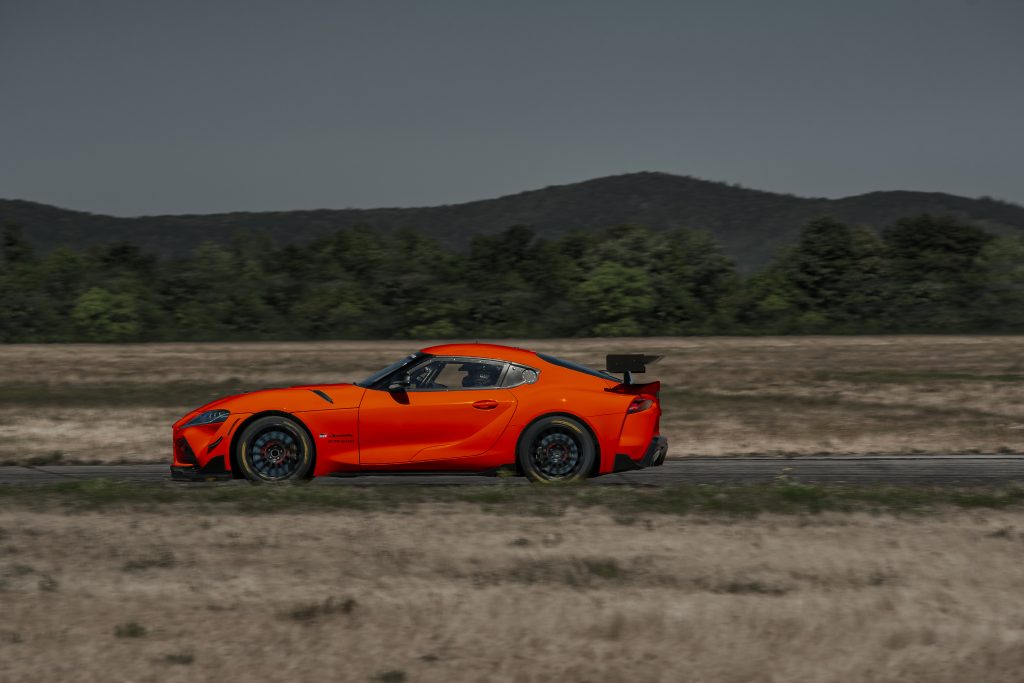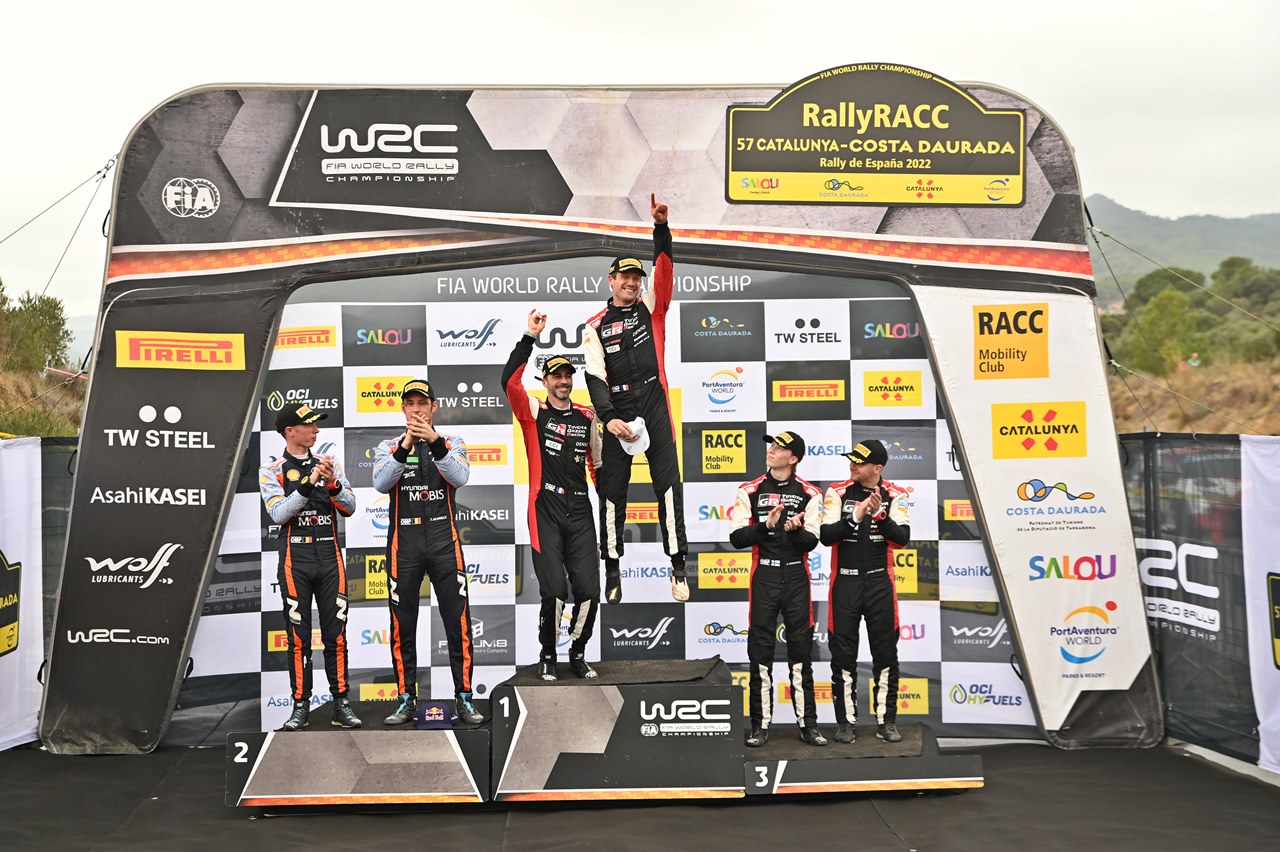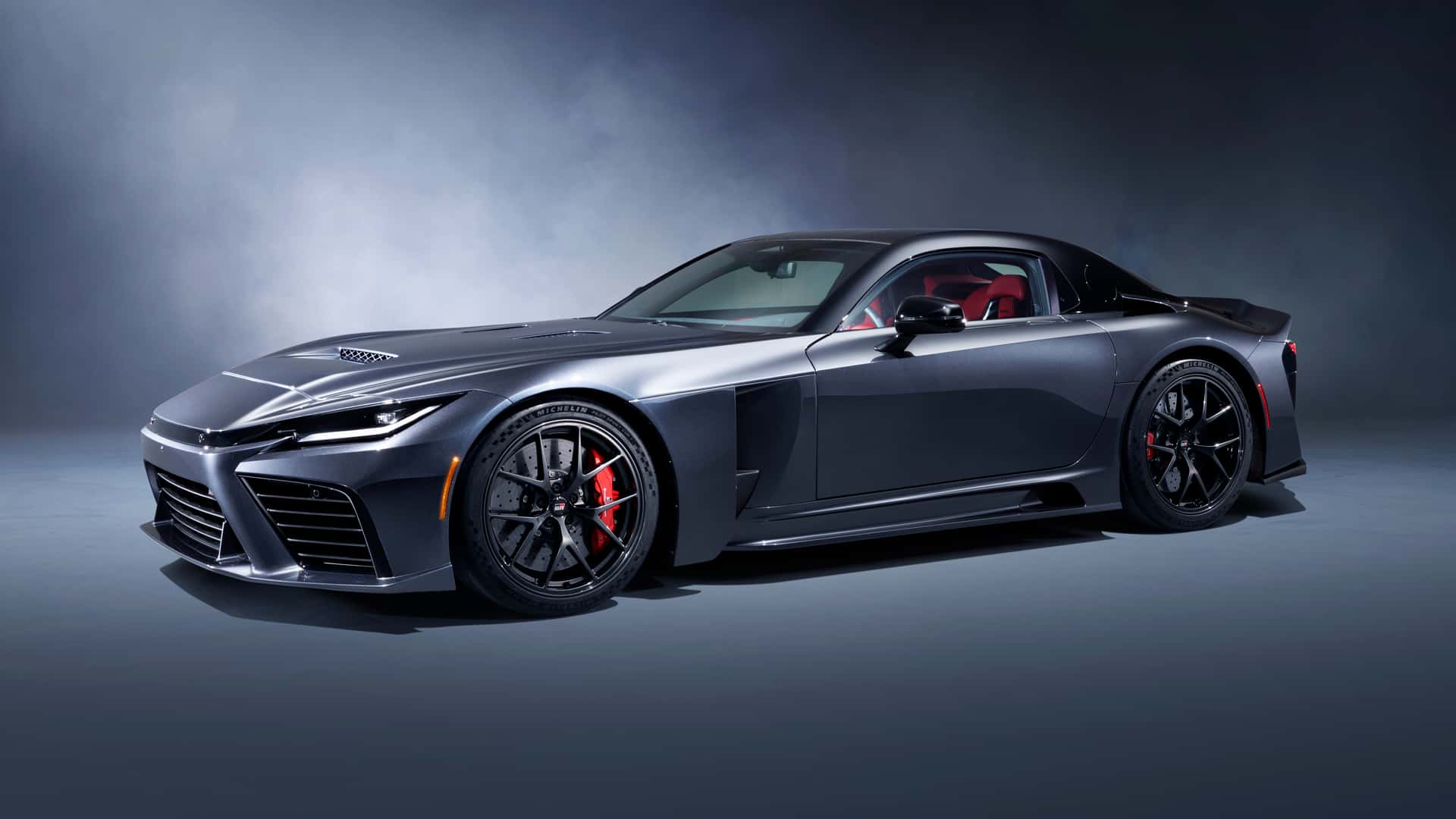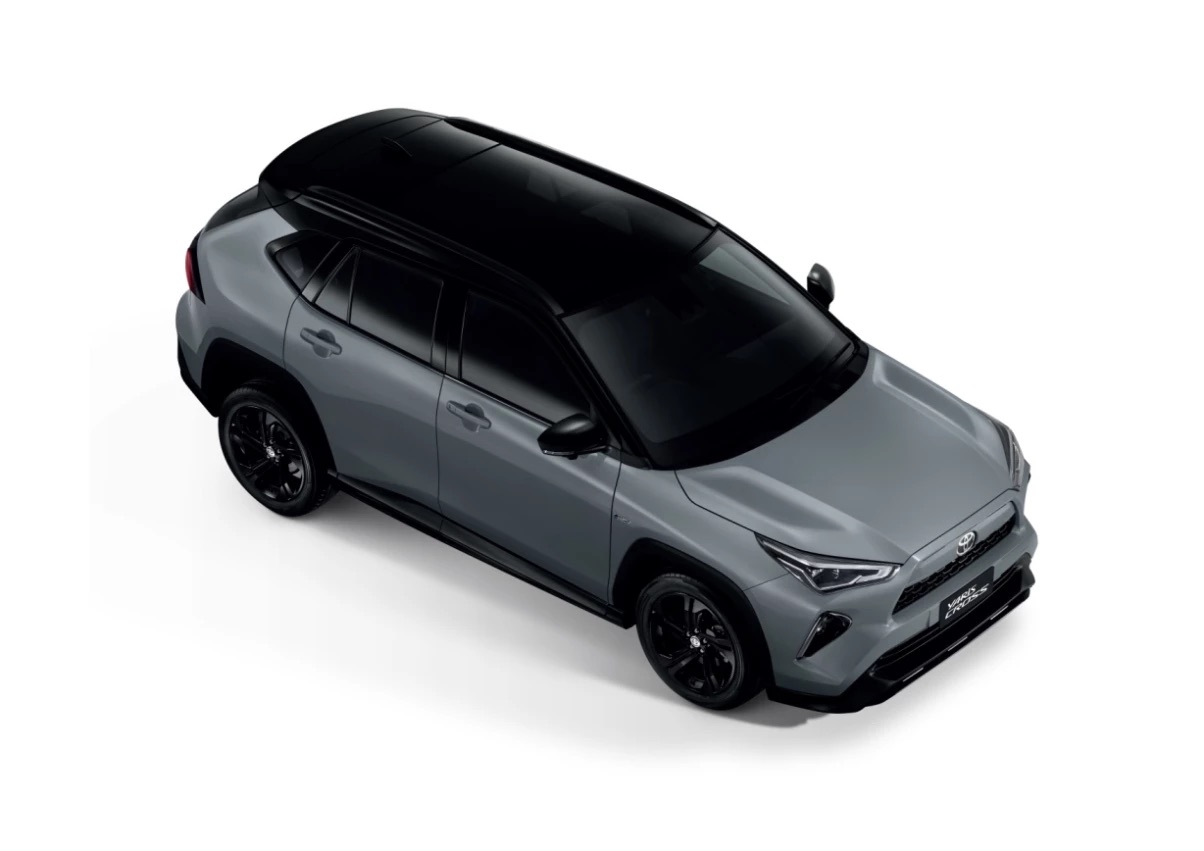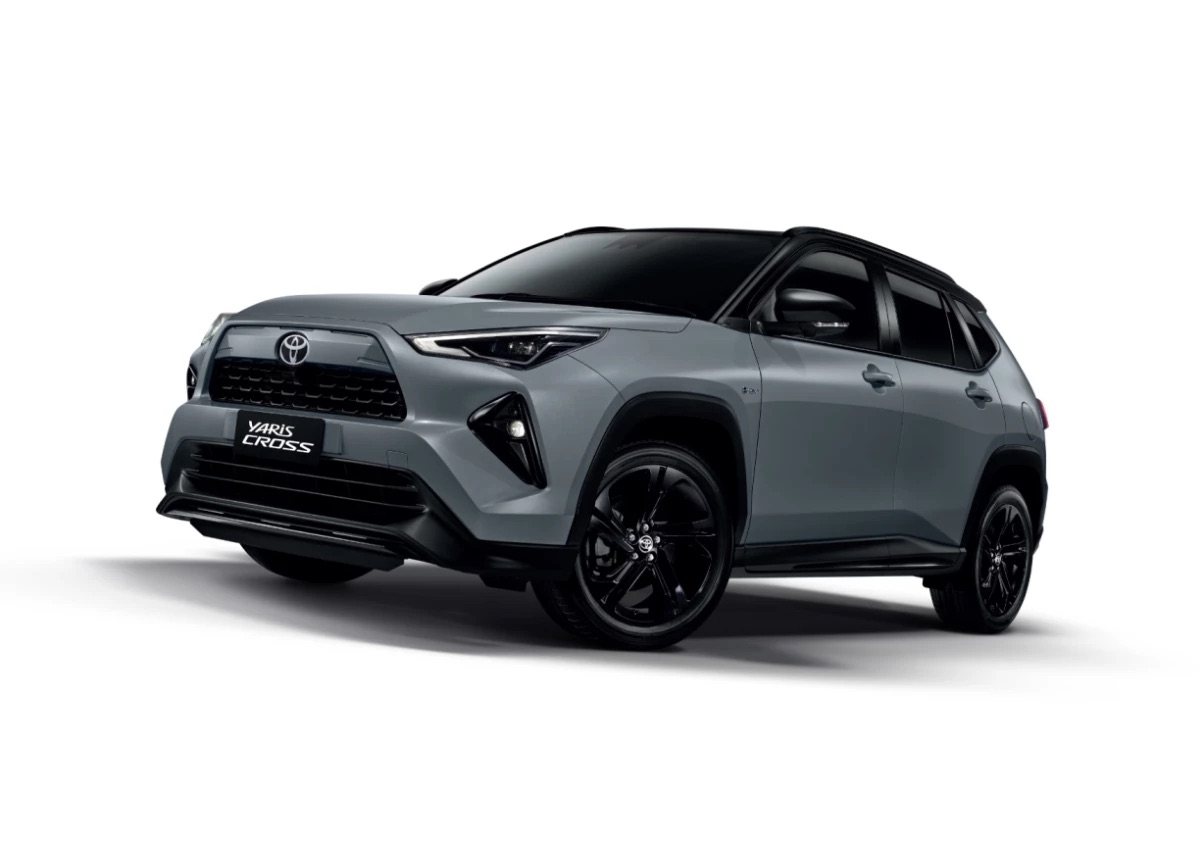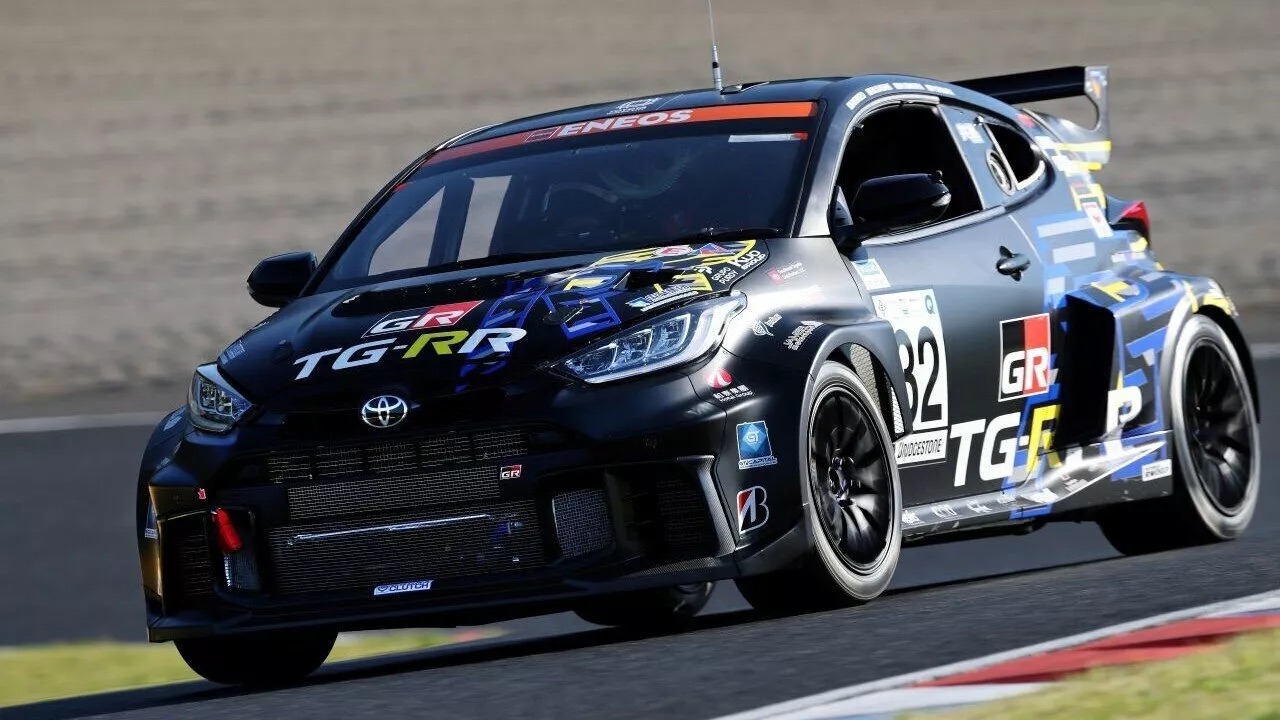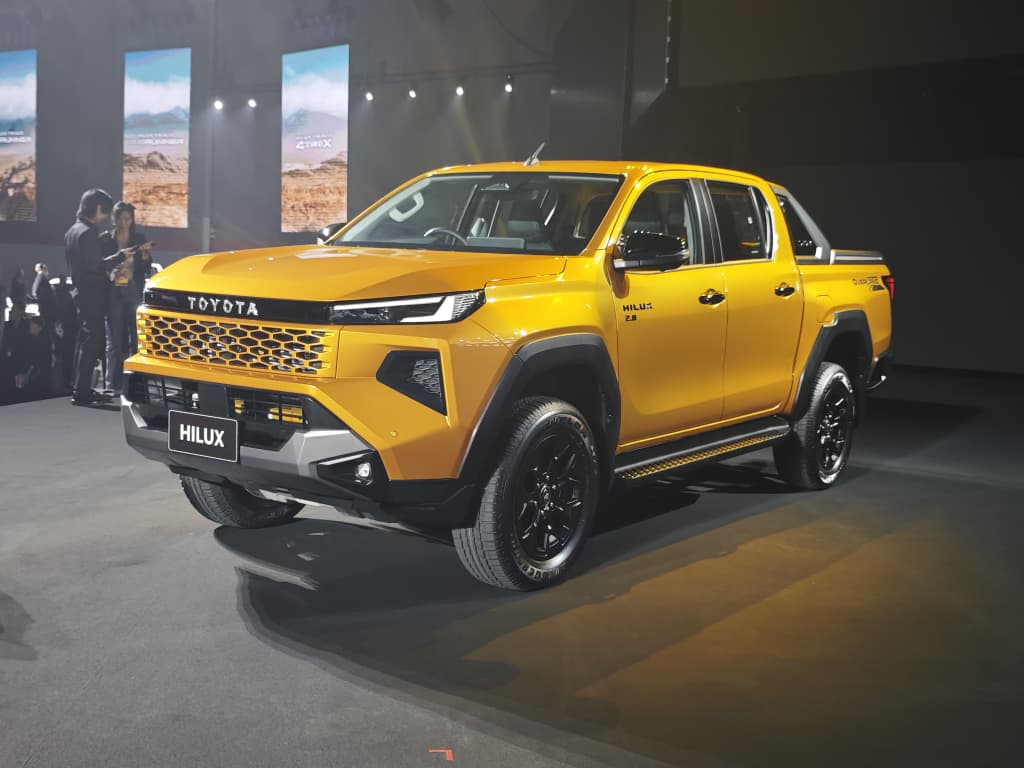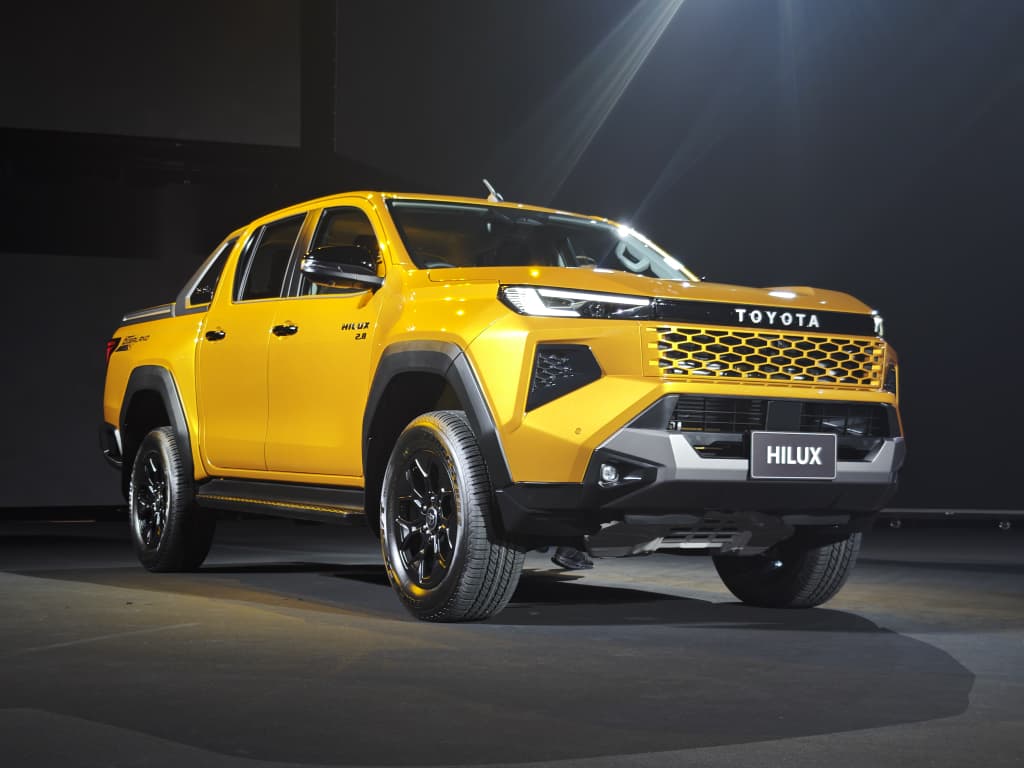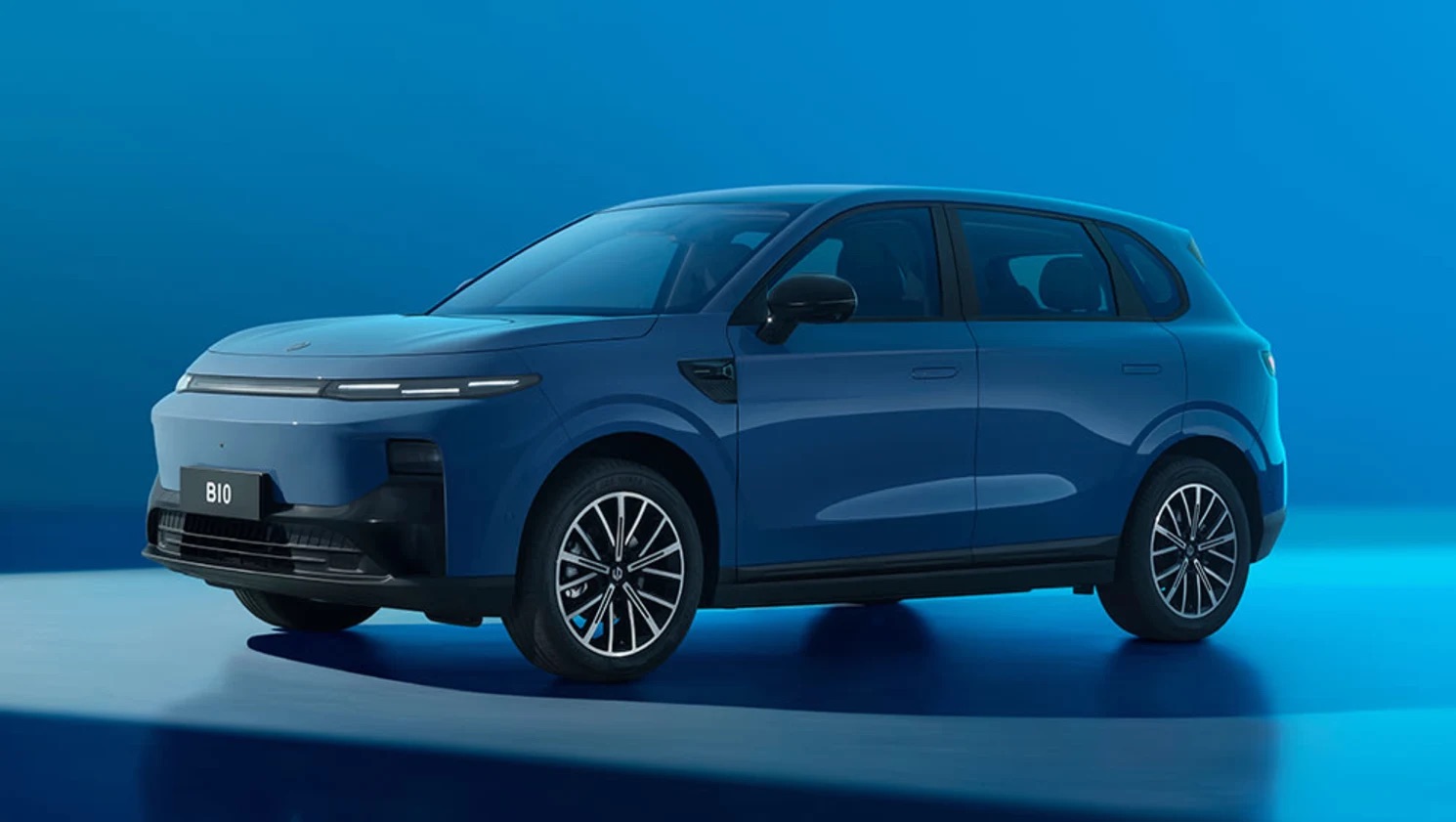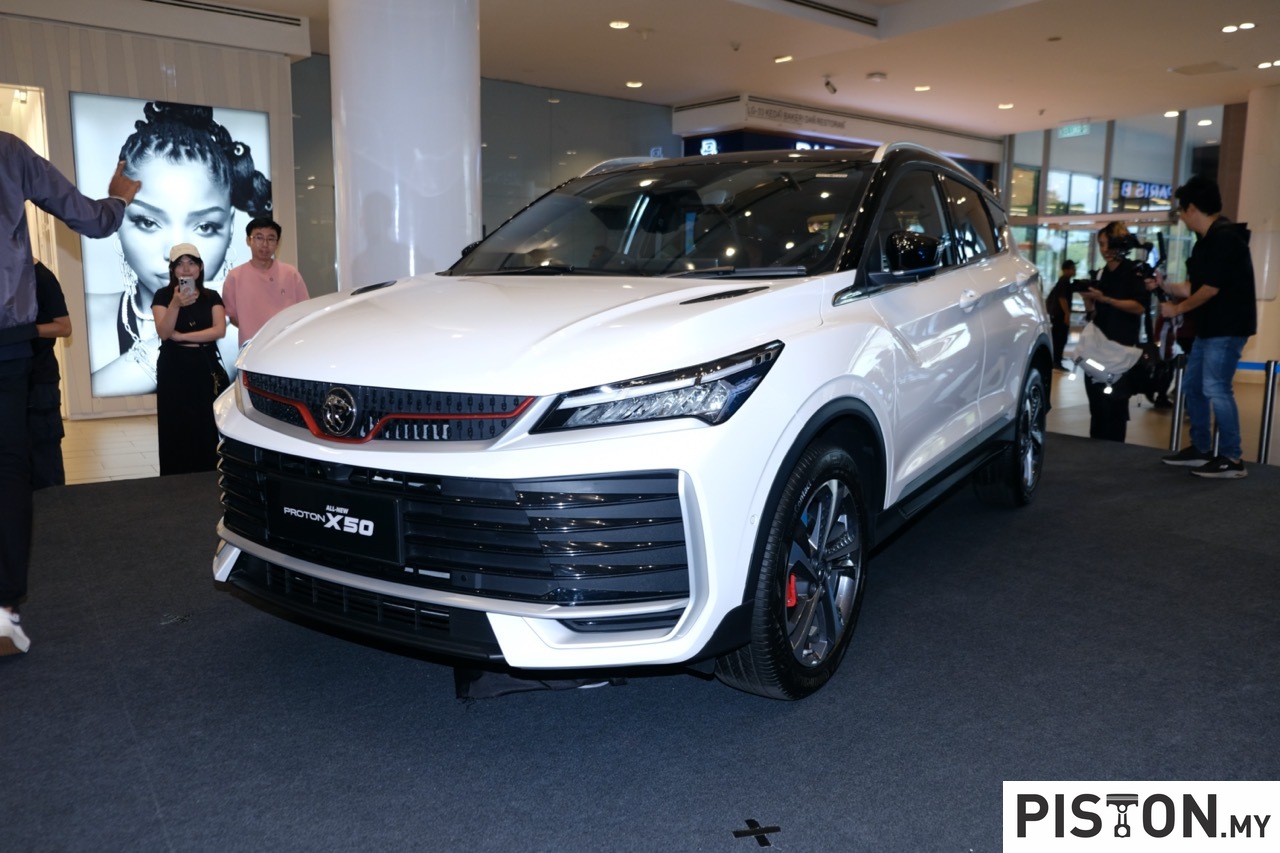After coming so close to winning in 2021, the TOYOTA GAZOO Racing Malaysia Team returned this year to take a historic 1-2 victory in the 9-hour race at the Sepang International Circuit. Three Toyotas finished in the top 5 overall positions, and in the Malaysian Touring Car (MTC) Class in only Toyota’s second year participating in the annual event.
A record total of 77 cars lined up on the grid for the 14th edition of the Sepang 1000KM event (S1K) this year. The race had the MTC and SP2 Classes for cars below 1600 cc and incorporated the GAZOO Racing Vios Enduro Cup (exclusively for the Toyota Vios cars competing in the Vios Challenge race series).
Crewed by GAZOO Racing Malaysia ambassador Tengku Djan Ley and reigning Vios Challenge Sporting Class champion Naquib Azlan, the team’s #37 Vios took the chequered flag after 181 laps. The car had started from pole position and crossed the finish line 6.2 seconds ahead of the nearest rival – the #39 Yaris of Hayden Haikal and Jwan Hii for Wing Hin Motorsports (a UMW Toyota Motor dealer).
(more…)


